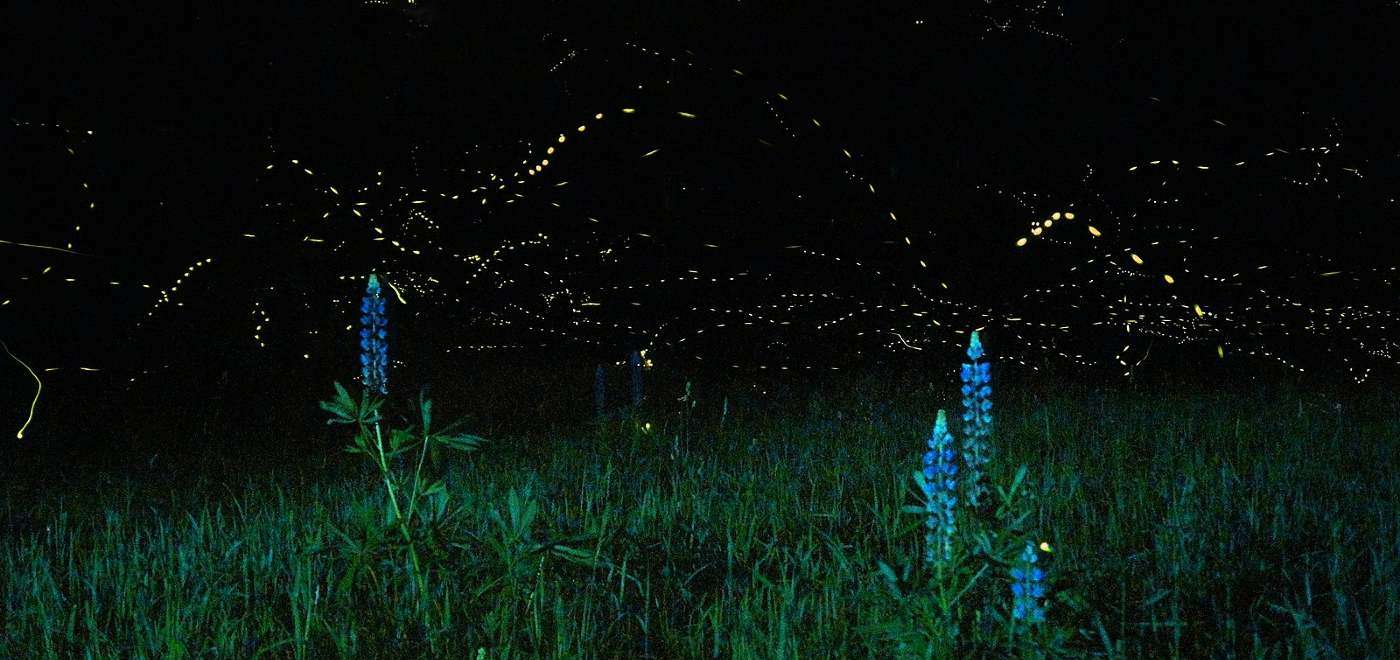Scientists Discover a New Brown Species They Named the 'Chocolate Frog' - And it's Adorable
Relative of the Australian green tree frog, which can also be brown, a new species of frog was found in New Guinea called the chocolate frog

If every snake has a different pattern on its scales, and every cat has a different pattern on their fur, why wouldn't fireflies all flash different patterns of light?
As it turns out, they do. And with 2,000 species described, the potential diversification of twinkling is enormous. For example, the Big Dipper Firefly flashes while performing a J-turn, and populates the memories many of us had from childhood, while the sidewinder species flashes for about the same amount of time, but in small horizontal rings in the air.
National Geographic has produced an enjoyable guide to firefly viewing, equipped with clever graphics that play the pattern of various species, and where one would look in the forest to find them.
However there are only 16 species that are known to have the ability to synchronize their flashes with other individuals, and in the Great Smoky Mountains the spectacle of one species in particular attracts thousands of tourists every year.
Firefly tourism is nothing new. People have long been gathering in Asian countries including China, Thailand, Korea, and Japan to watch firefly mating displays whereby the males float to their preferred height and flash their trademark display before welcome females fly up from the ground to meet them.
In Great Smoky Mountains National Park, 20,000 people enter a lottery in late spring to win one of 800 parking passes to the park. Their goal is to be able to be in their lawn chairs by the time dusk gives way to dark, when for a scant few hours the woods come alive with tens of thousands of Photinus carolinus flashing synchronized six-second strobes.
The strobe-like blinking subsides for a similar duration in unison, giving time for the females to fly up and inspect their mates without visual clutter.
One scientist explained to the Guardian that science as a whole doesn't know why or how they synchronize their flashes, and that every year a sack of researchers arrive there looking to try and gather data on the event.
Onlookers often describe seeing the event as "life changing," while a park spokesperson has said, "It is one of the most special experiences that you can have in the natural world… to be able to have this dazzling series of lights that then abruptly stop for eight seconds, it puts you in an almost magical type of environment."
One 2020 study of the Great Smoky colony of P. carolinus found that there may be different mating strategies; that early flashers flash longer and may be more mobile than later flashers.
Beyond that, however, little more is known. But sometimes the best parts about the natural world is how mysterious they are. And unless the Great Smoky Mountains expand their parking lots, it will likely many years before this mystery is solved.
GIVE Friends' News Feeds a ‘Glow Up'-Share This Story…
Be the first to comment